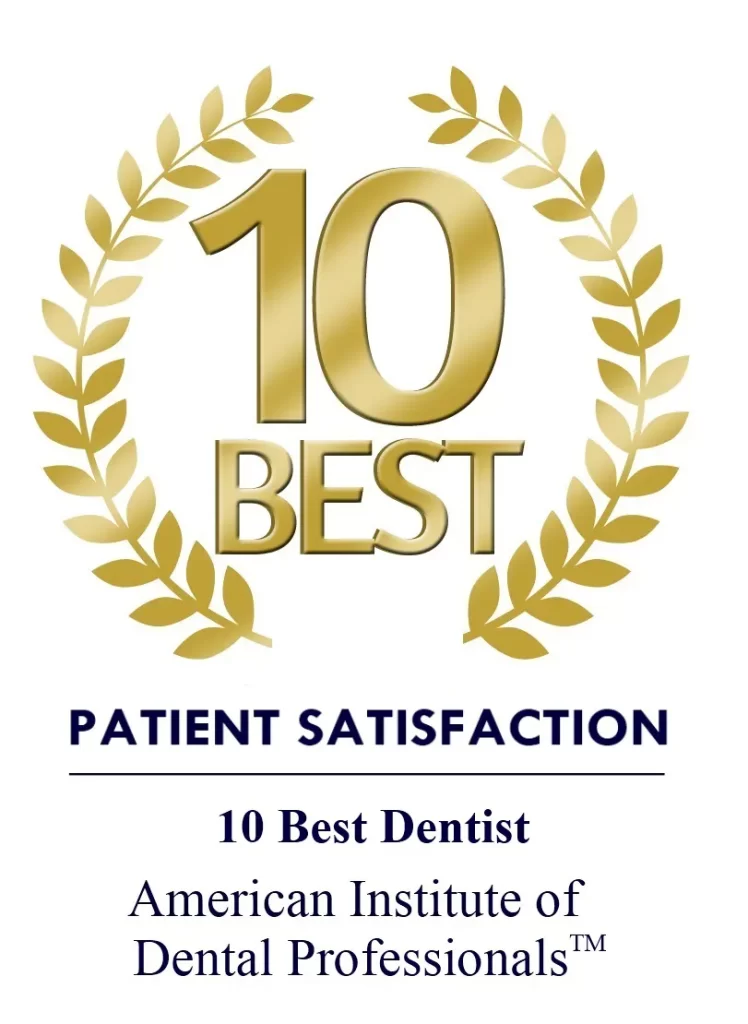Is there a connection between gum disease and heart disease?

Symptoms of a Heart Attack
Common symptoms of a heart attack include chest pain, jaw pain, shortness of breath, nausea/ vomiting, sweating, pain in the upper middle abdomen, indigestion, arm (predominantly left arm) pain, and upper back pain. There’s a difference between heart attacks and cardiac arrest. A heart attack is a damage to the heart muscle with reduced blood flow, whereas cardiac arrest occurs when the heart actually stops beating.
Gum Disease Symptoms
Gum disease symptoms usually include red, swollen, or tender gums, loose teeth, bleeding while brushing or flossing, receding gums, sores in the mouth, and persistent bad breath. Gingivitis is the first stage of gum or periodontal disease when gums become red and swollen. When left untreated, gingivitis can develop into periodontitis, which is a serious gum infection of the soft tissue and bone supporting the tooth.
Periodontal Disease
Researchers “found that half of Americans over 30 had bleeding gums.” While many are unconcerned about bleeding gums, they actually signify a bacterial infection. If nothing is done to rectify this infection, it can spread to the point that teeth may be lost. Periodontal diseases are infections of the areas around the teeth and they come from bacteria in dental plaque. In order to prevent periodontal disease, you need to practice good oral hygiene, brushing and flossing regularly, and having professional dental cleanings twice a year. However, if you already have gum disease, you may need to visit the dentist more often. There are several factors that could increase the likelihood that you will experience periodontal disease including genetics, stress, poor nutrition, smoking, certain medications, and pre-existing diseases such as diabetes and rheumatoid arthritis.
Links between Gum Disease and Heart Disease
Colgate’s Oral Care Center provides articles for consumers who wish to learn more about oral health. Their writers presented a theory that says “gum disease can cause bacteria to enter the bloodstream where they attach to the fatty deposits in the heart blood vessels. This condition can cause blood clots and may lead to heart attacks.” Gum disease has been linked to a variety of health concerns, including heart disease. An article from Harvard Medical School shows that by treating gum or periodontal disease, patients were able to improve their overall health and reduce their medical bills.
It’s important to note that if you already have heart disease, you should notify your dentist and follow their instructions. It’s also essential to maintain good dental hygiene, brushing twice a day and flossing to keep a healthy mouth.
Gum Disease Treatment
The first stage of gum disease, when gums bleed and become swollen, is commonly referred to as gingivitis. The National Institute of Dental and Craniofacial Research (NIDCR) has stated that this stage of gum disease can be treated with daily brushing and flossing in addition to regular professional dental cleanings. What about the latter stages when gingivitis has worsened and developed in periodontitis? The good news is that even the more advanced cases don’t always require a surgical solution. The early stages of periodontal disease can be treated through a nonsurgical procedure called scaling and root planing (SRP) which involves removing the plaque and tartar off of your teeth and root surfaces. Other options include periodontal pocket reduction and LANAP® (Laser Assisted New Attachment Procedure). Millennial Dental Technologies, creators of the LANAP® protocol, present it as a “less painful, more successful treatment alternative to conventional surgery.” The LANAP® is accomplished through the use of the PerioLase® MVP-7™ laser, a dental laser that utilizes digital technology and 7 pulse durations. LANAP® has been cleared by the FDA and it’s one of the most successful protocols for the treatment of gum disease by targeting the source of the inflammation without harming or removing any healthy gum tissue. Through LAR (Laser Assisted Regeneration), LANAP® promotes bone growth, decreases pocket depth and tooth loss, and prevents the need for surgery or sutures.
For more information about the connection between gum disease and heart disease in Forest Hills, NY or about how LANAP® can help click here. You can also call us on 718.878.4878.

